Examples
- When USTs or fuel pipelines are / were present, fuel oxygenates (MTBE, ETBE, DIPE, TAME, TBA) should be included for analysis.
- At oilfield sites where hydrocarbons are detected in soil "fixed & biogenic" gases (O2, CO2, CH4) should be included for analysis.







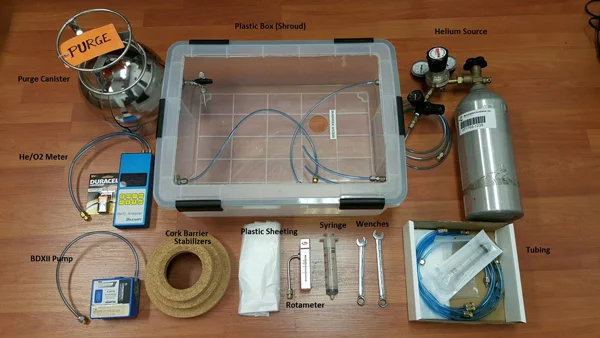
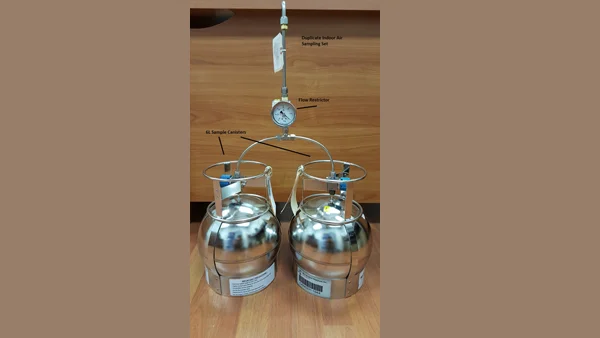
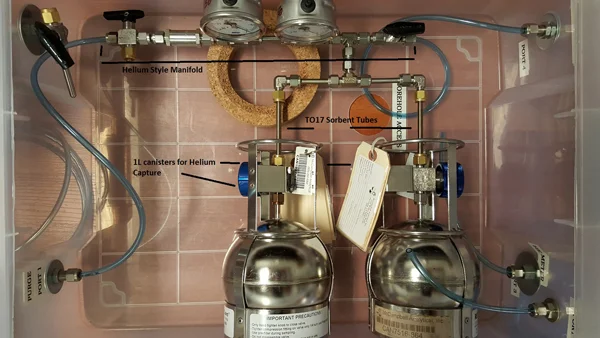
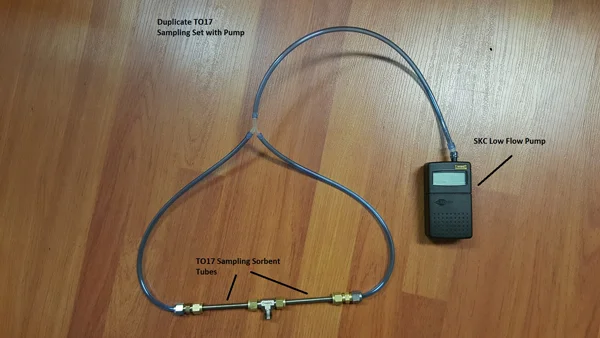
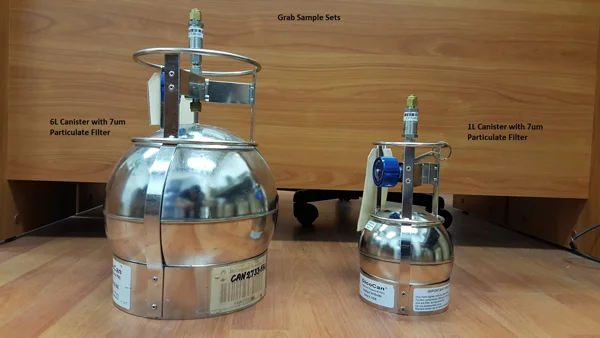
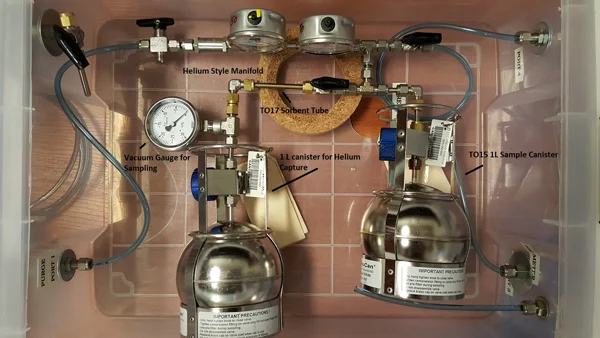
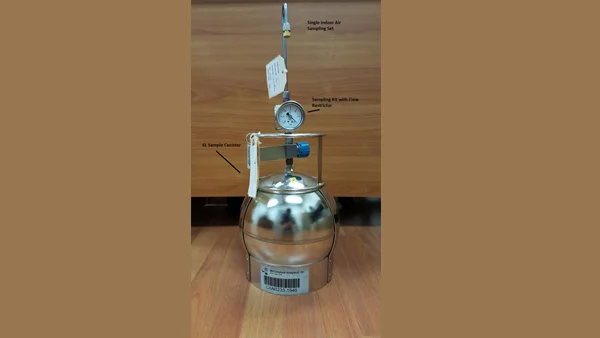
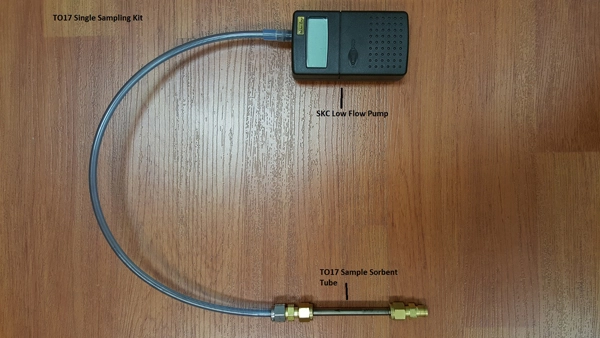
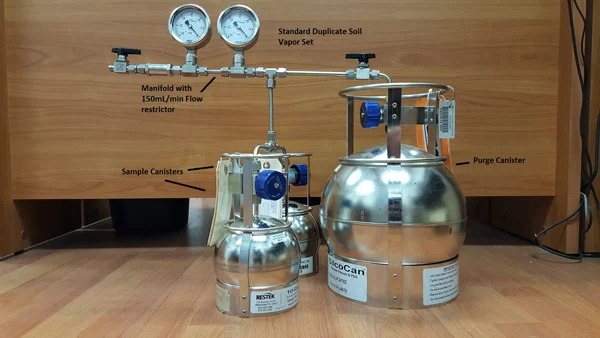
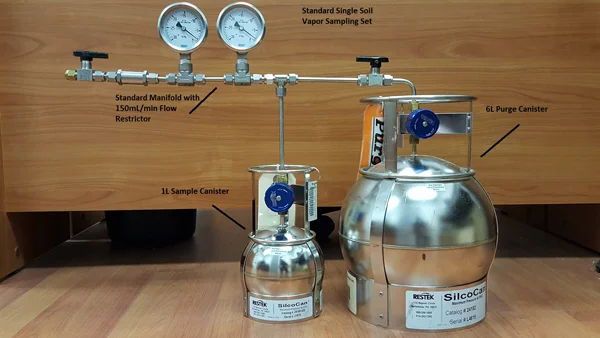
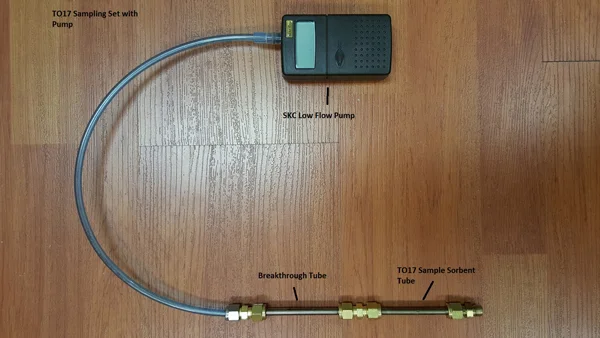
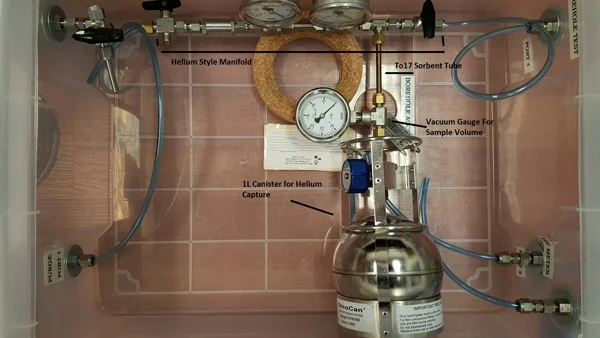
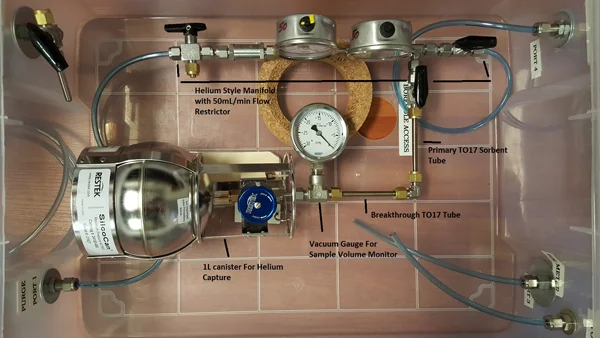
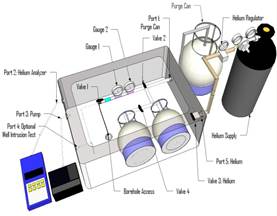 THEY ARE DESIGNED TO ALLOW A BOREHOLE INTEGRITY TEST AND MANIFOLD SHUT-IN TEST USING 'REACH-IN' VALVING. SPECIAL DESIGNS ACCOMMODATE SPLIT SAMPLING, TWO-LEVEL SAMPLING, AND SEQUENTIAL TO-15 / TO-17 SAMPLING.
THEY ARE DESIGNED TO ALLOW A BOREHOLE INTEGRITY TEST AND MANIFOLD SHUT-IN TEST USING 'REACH-IN' VALVING. SPECIAL DESIGNS ACCOMMODATE SPLIT SAMPLING, TWO-LEVEL SAMPLING, AND SEQUENTIAL TO-15 / TO-17 SAMPLING. 